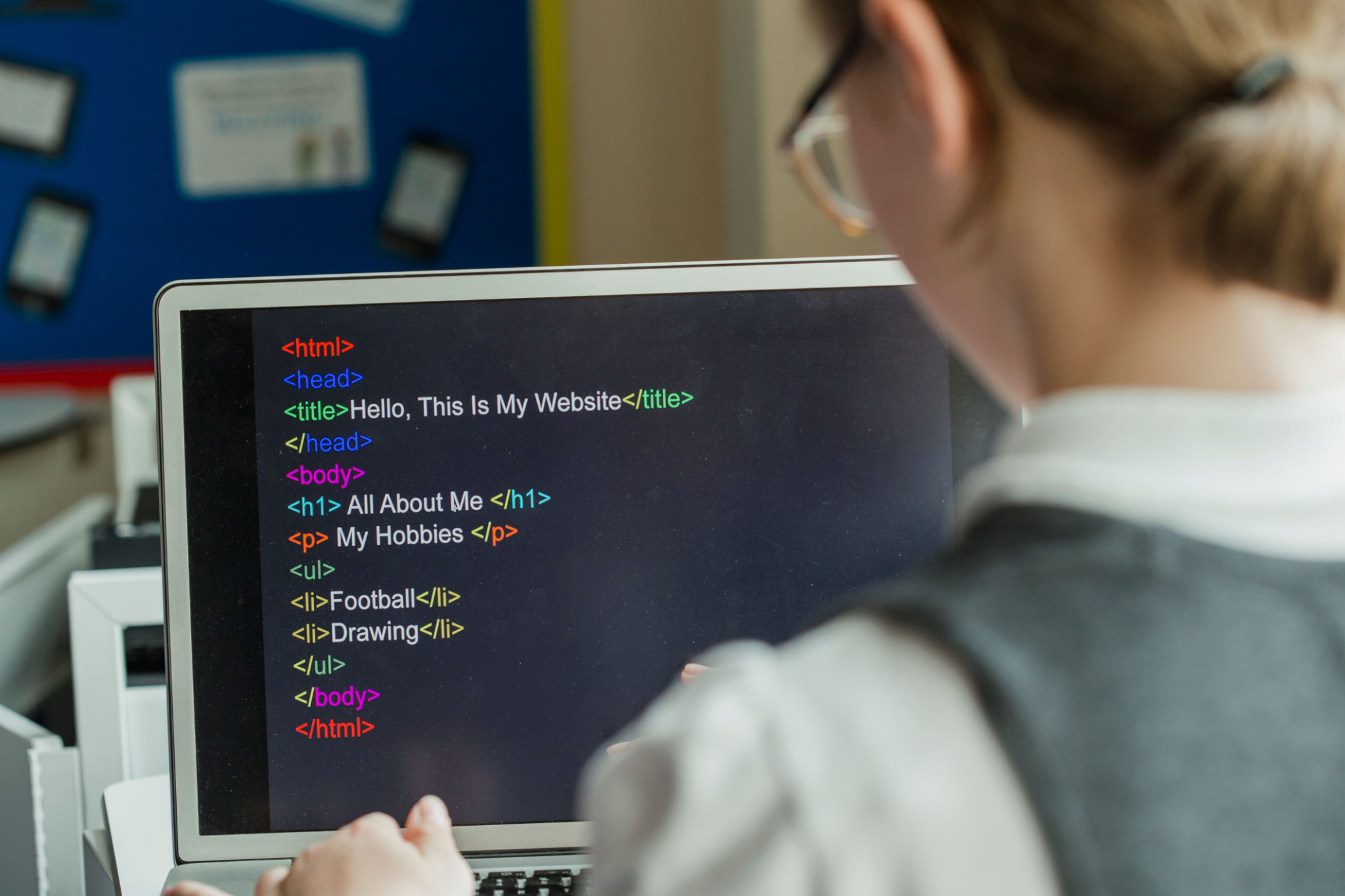Local Coding Lessons for Children: A Parent's Guide to Finding the Perfect Fit
Understanding the Importance of Coding for Kids
As technology continues to shape our world, coding skills are becoming increasingly important. Introducing children to coding at a young age can be a great way to enhance their problem-solving skills, boost creativity, and prepare them for future career opportunities. But how do you find the right local coding lessons for your child? This guide will help you navigate the options and choose the perfect fit.

Identifying Your Child's Learning Style
Before diving into the search for coding lessons, it's crucial to understand your child's learning style. Some children thrive in group settings, while others may prefer one-on-one instruction. Consider whether your child is more hands-on or if they learn better through visual aids. Understanding this will help in selecting a program that aligns with their needs, ensuring they remain engaged and motivated.
Group Classes vs. Individual Lessons
Group classes can be a fantastic way for children to learn collaboratively and share ideas with peers. They often offer structured curriculums and opportunities for teamwork. On the other hand, individual lessons provide personalized attention, which can be beneficial if your child needs extra help or wants to advance at their own pace. Weigh these options carefully based on your child's personality and preferences.
Researching Local Coding Programs
Once you've identified your child's learning style, it's time to explore local coding programs. Start by researching online to find available classes in your area. Look for reviews from other parents to gauge the quality of instruction and the overall experience. Don't forget to check if the instructors are qualified and have experience teaching children.

Program Content and Structure
It's essential to examine the content and structure of each program. Some might focus on specific programming languages like Python or JavaScript, while others might introduce broader concepts like game development or robotics. Ensure the program's content matches your child's interests and goals. A well-structured program should also offer a clear progression path, allowing children to build on their skills over time.
Considering Logistics and Cost
Practical considerations such as location, schedule, and cost are also important. Choose a program that fits well with your family's routine to avoid added stress from commuting or inconvenient class times. Additionally, compare costs between different programs. Some may offer scholarships or discounts, so inquire about financial assistance if needed.
Trial Classes and Feedback
Many programs offer trial classes, which can be an excellent way for your child to experience the lessons before committing long-term. Take advantage of these opportunities to get feedback from your child on what they enjoyed or didn't enjoy about the class. Their input is invaluable in making the right decision.

Encouraging Continuous Learning
Once you've selected a coding program, encourage your child to practice coding outside of class hours. There are numerous free resources and websites where they can experiment with new projects. Celebrating their progress and achievements will keep them motivated and eager to learn more.
In conclusion, finding the right local coding lessons for your child involves understanding their learning style, researching programs thoroughly, considering logistics, and encouraging ongoing practice. With these steps, you'll help set your child on a path to success in the ever-evolving digital world.
